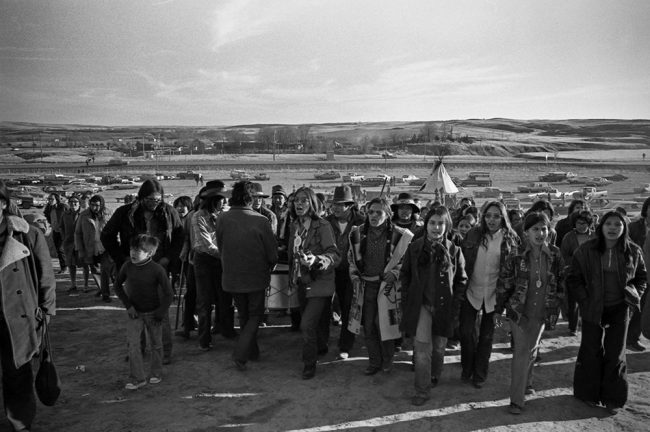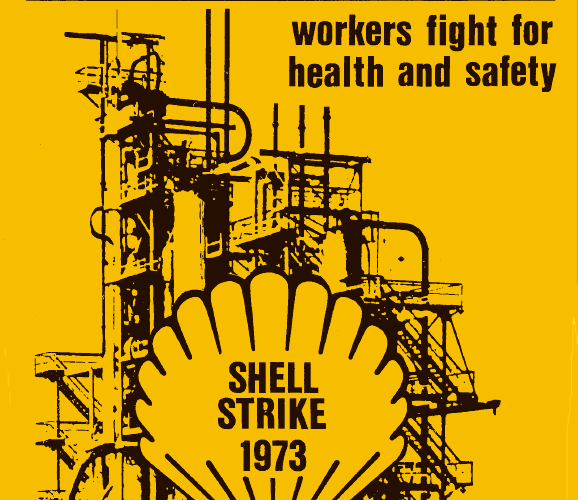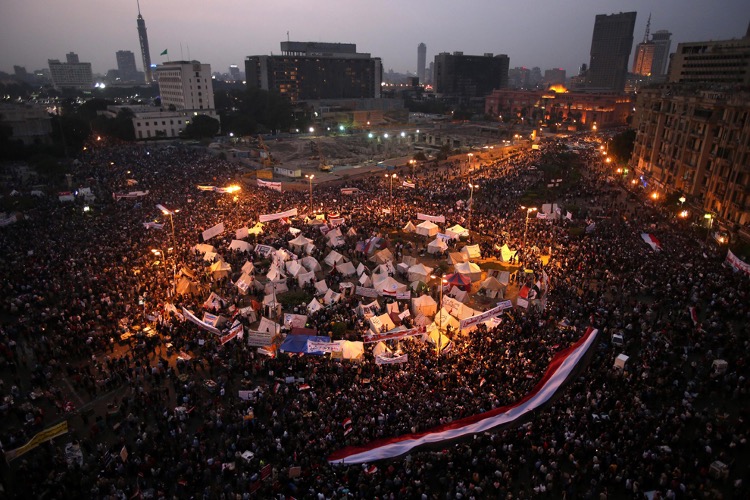This document was written by Daniel DeLeon, a prominent leader of the Socialist Labor Party, in 1895. The Socialist Labor Party sought to turn labor movements and unrest into more radical socialist revolutions. In this declaration, DeLeon explores the shortcomings and oppressive nature of capitalism. He then encourages his readers to join the struggle.
“Under that system the toiling masses, hungry and despised, turned the wilderness into a garden, the stones, the clay, the trees into resplendent cities, the ore and the coal into new organs of motion, through which human strength, speed and skill were multiplied a thousandfold, the lightning itself into an obedient messenger; they built factories, ships, docks and warehouses; constructed railroads, bridged rivers and pierced mountains; then descended into their nameless graves, leaving all in the hands of their despoilers, to further oppress and degrade the inheritors of their misery… But throughout the civilized world the wage workers are asserting their interdependence— the natural dependence of every man upon his fellows, of every nation upon all other nations; and under the banner of International Socialism millions of them are now marching to the conquest of the public powers.”

















































